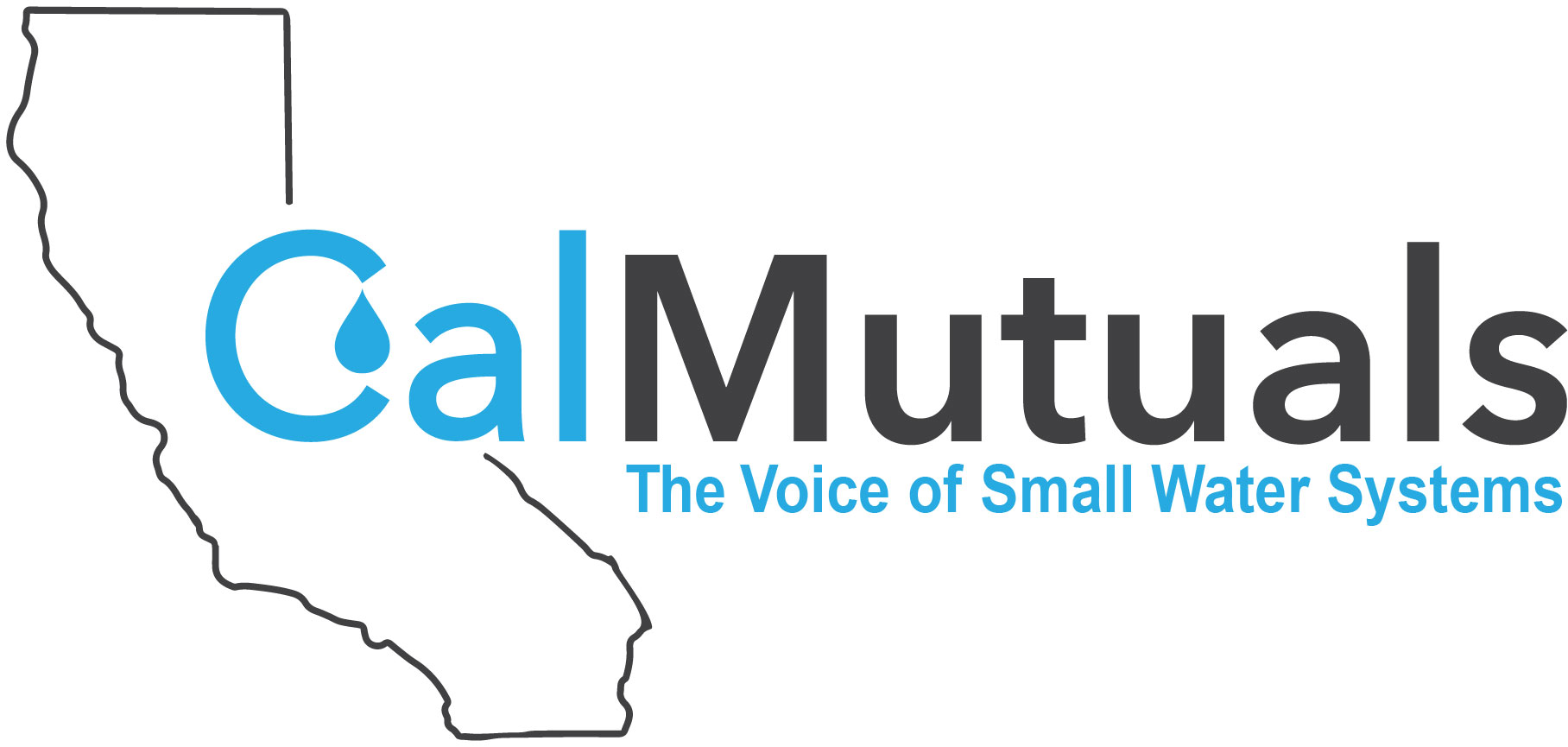Earlier this year, Governor Brown signed two long-term water conservation bills, AB 1668 (Friedman) and SB 606 (Hertzberg).
Together, the two bills require the State Water Resources Control Board (Water Board) and the Department of Water Resources (DWR), to establish long-term urban water use efficiency standards for urban retail water suppliers (3,000 svc conns or ≥3,000 AF) by June 30, 2022. Those standards will include components for indoor residential use, outdoor residential use, water losses and other uses.
Below is an overview of the two water-efficiency bills:
- Outlines reporting requirements for water suppliers and specifies penalties for violations.
- Establishes water use objectives, standards and reporting requirements for indoor and outdoor residential water use, commercial, industrial, and institutional (CII) landscape areas, water losses, and other unique local uses.
- Provides options for meeting water use objectives if there are reasons why a utility can not meet the required 50 gallons per person per day goal by 2030.
- Revises the Agricultural Water Management Planning Act to increase the efficiency of agricultural water use.
- Requires DWR, the State Water Board, and other relevant stakeholders to identify small water suppliers and rural communities that may be at risk of drought and water shortage vulnerability and provide recommendations for drought planning.
- Outlines requirements for urban water suppliers, and specifies penalties for violations. The bill contains distinct provisions on water shortage planning and water loss reporting for urban wholesale water suppliers and establishes a bonus incentive for potable reuse water.
- Establishes urban water use objectives and reporting requirements for urban water suppliers by requiring an urban water supplier to calculate an aggregate urban water use objective.
- Substantially revises the requirements under the Urban Water Management Planning Act. Specifically, requires urban water suppliers to conduct annual drought risk assessments and to submit an annual report to DWR.
- Requires the adoption of a water shortage contingency plan, which must include certain elements, annual drought risk assessment procedures, and standard water shortage levels.
What’s Next?
DWR and the State Board will be holding joint workshops on AB 1668/SB 606 implementation. More information on the meetings is expected soon.
Key Deadlines for Urban Water Suppliers:
June 1, 2019
Submit annual water shortage assessment to DWR.
November 1, 2023, and annually thereafter:
Deadline to calculate urban water use objective and report to DWR
Deadline to calculate previous years’ actual urban water use and report to DWR.
January 1, 2024
Submit to DWR a supplement to adopted 2020 plan.
January 1, 2025
Abide by standard for indoor residential water use of 52.5 gcpd.
January 1, 2027
Provide narrative in addition to supplement that describes water demand management measures that supplier plans to implement to achieve its 2027 urban water use objective.
January 1, 2030
Abide by standard for indoor residential water use of 50 gpcd.
For more information, please contact Susan@CalMutuals.org
